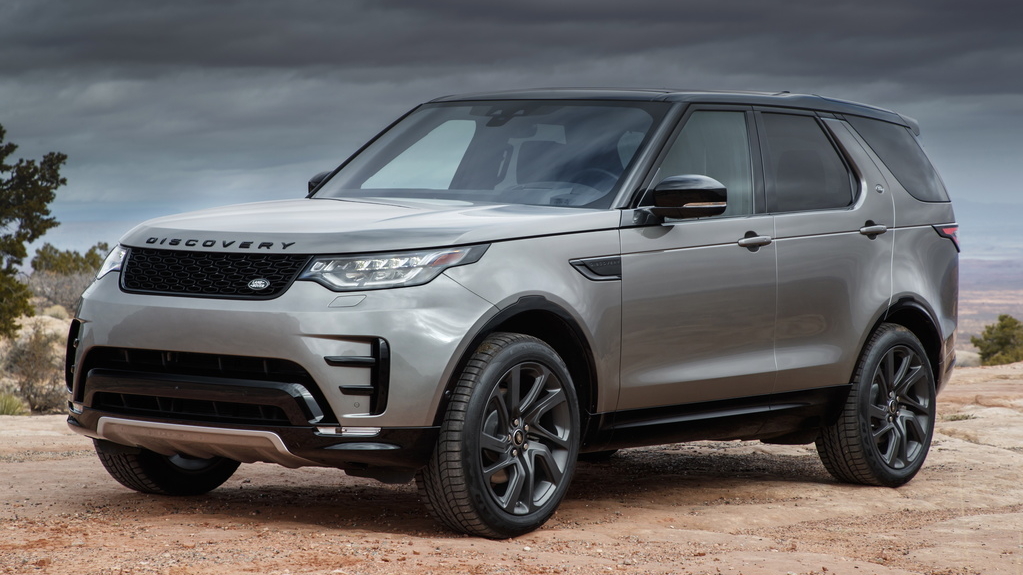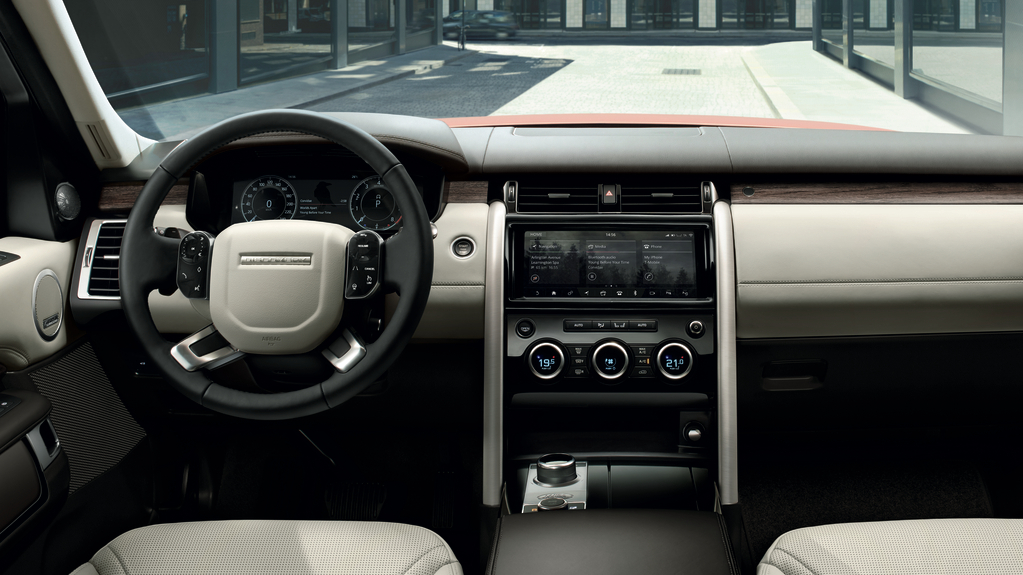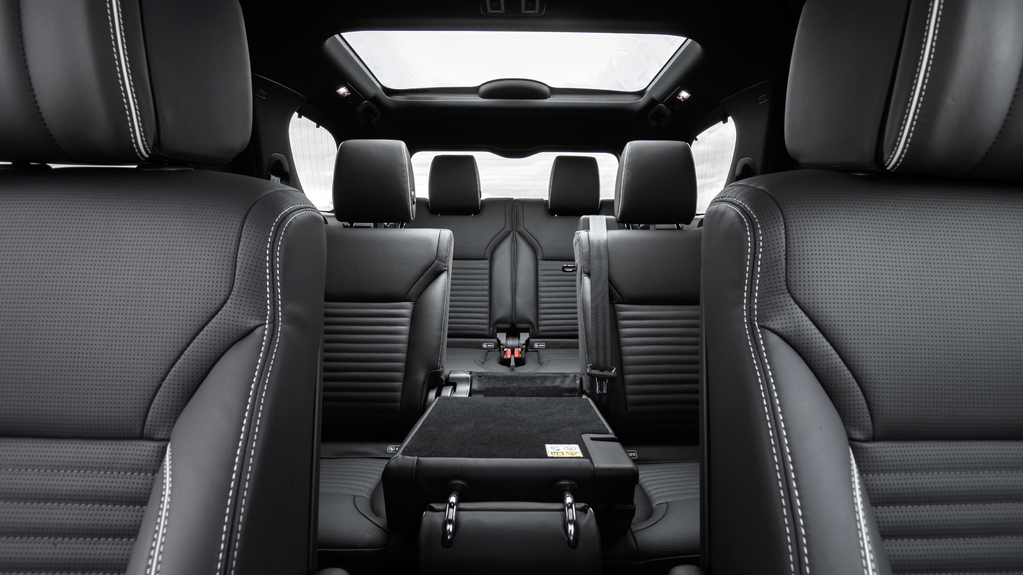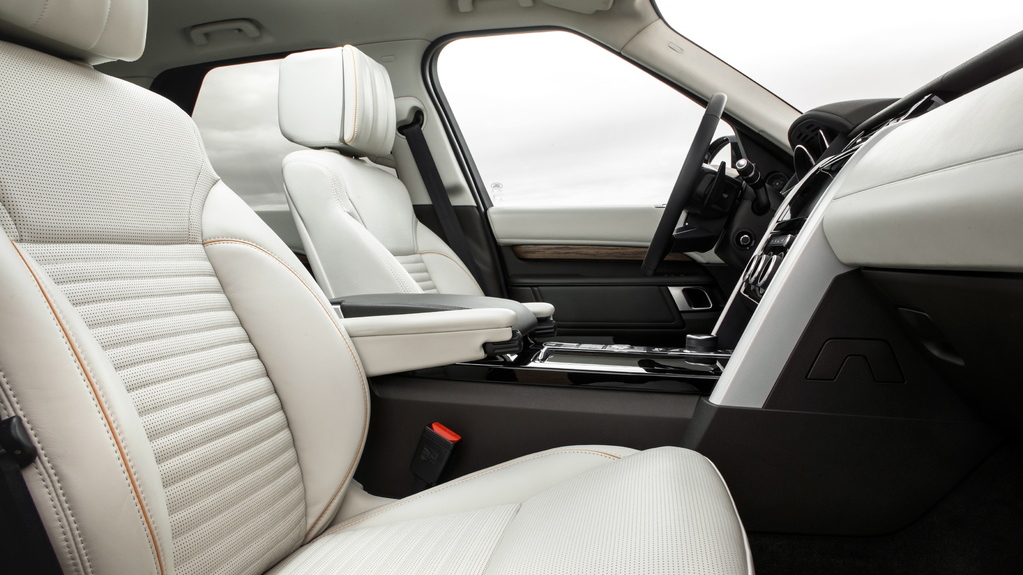What happens when a $67,490 sport utility vehicle controls your speed limit

Cars can think faster, smarter, and with more precision than any human – at least when it comes to routine driving tasks like a morning commute. (They also don’t need coffee.) Recently in a test of a 2018 Land Rover Discovery HSE, we discovered, almost by accident, that having a large SUV control your speed is a smart move, at least in most driving conditions.
Part of the reason has to do with where we were driving – the congested byways of Atlanta in rush-hour traffic. If you have never driving in this area – known for its spaghetti-like highways and jam-ups that can happen in a moments notice over lunch – it’s a bit like an ant colony. You can eventually reach your destination, following along inch-by-inch, but it takes time.
In the Land Rover, you can enable a speed limiting function, known as Adaptive Speed Limiter, and previously called the Intelligent Speed Limiter, can read traffic speed limit signs (with verification from the internal navigation system). It’s handy for a very specific reason.

If you aren't eagle-eyed (or you're a little blurry-eyed in the morning), you might not notice changes. You’re lulled into a slow pace, and then when the traffic jams subside, you might not know the posted speed. In five or six cases over a few days, using this feature meant avoiding a fairly common infraction – not knowing the limit and speeding up unnecessarily.
“The system was designed to assist customers in areas where speed limits change frequently, but using the cruise control system is desirable such as when doing long distance trips,” says David Larsen, the Jaguar Land Rover Product Planning and Launch Manager.
A cocoon of protection
On a road up to Alpharetta from Atlanta, it was hard to even see the posted limit at times. Curiously, the Discovery would suddenly lower its speed after a new route, or resume a previous speed. It’s disconcerting at first – the car behaves autonomously.
In a few cases, the adaptive cruise control would also kick in (limiting your speed based on the car in front of you, and then speeding up again). It felt like a cocoon of protection.
Sign up for breaking news, reviews, opinion, top tech deals, and more.

This is exactly how robotic driving will work -- controlling your speed based on traffic and posted limits, but also reading other signs on the road eventually, say a suggested speed limit for curves, construction warnings, and other notifications.
Some day, a traffic control center will optimize all traffic to avoid jam-ups, setting every car to a few miles under the limit as a way to make sure no one is driving bumper-to-bumper. In our case, the speed limiter mattered the most after entering a new highway without a traffic jam and not seeing the posted speed.
Take it to the limit
Speed limiting isn't new, however. Ford introduced a speed limit feature in several makes and models that support Ford MyKey. Once programmed, you can limit the top speed of the vehicle. Even if you press harder on the accelerator, it won’t matter.
With the Discovery, it’s a small issue – there are times when you may want to speed up, although you can simply disable the feature with a click on the steering column. Should you ever speed? Maybe not, unless you want to get out of the way of a reckless driver.

Overall, the feature is helpful in traffic, and perhaps not as useful on a long road trip when you can click into the speed you want and leave it there for the entire journey.
The more basic Land Rover Discovery costs $52,090 (about £40,000, AU$72,000); as tested the Discovery HSE Luxury costs $67,490 (about £52,000, AU$94,000) with all of the tech bells and whistles.
On The Road is TechRadar's regular look at the futuristic tech in today's hottest cars. John Brandon, a journalist who's been writing about cars for 12 years, puts a new car and its cutting-edge tech through the paces every week. One goal: To find out which new technologies will lead us to fully driverless cars.

John Brandon has covered gadgets and cars for the past 12 years having published over 12,000 articles and tested nearly 8,000 products. He's nothing if not prolific. Before starting his writing career, he led an Information Design practice at a large consumer electronics retailer in the US. His hobbies include deep sea exploration, complaining about the weather, and engineering a vast multiverse conspiracy.